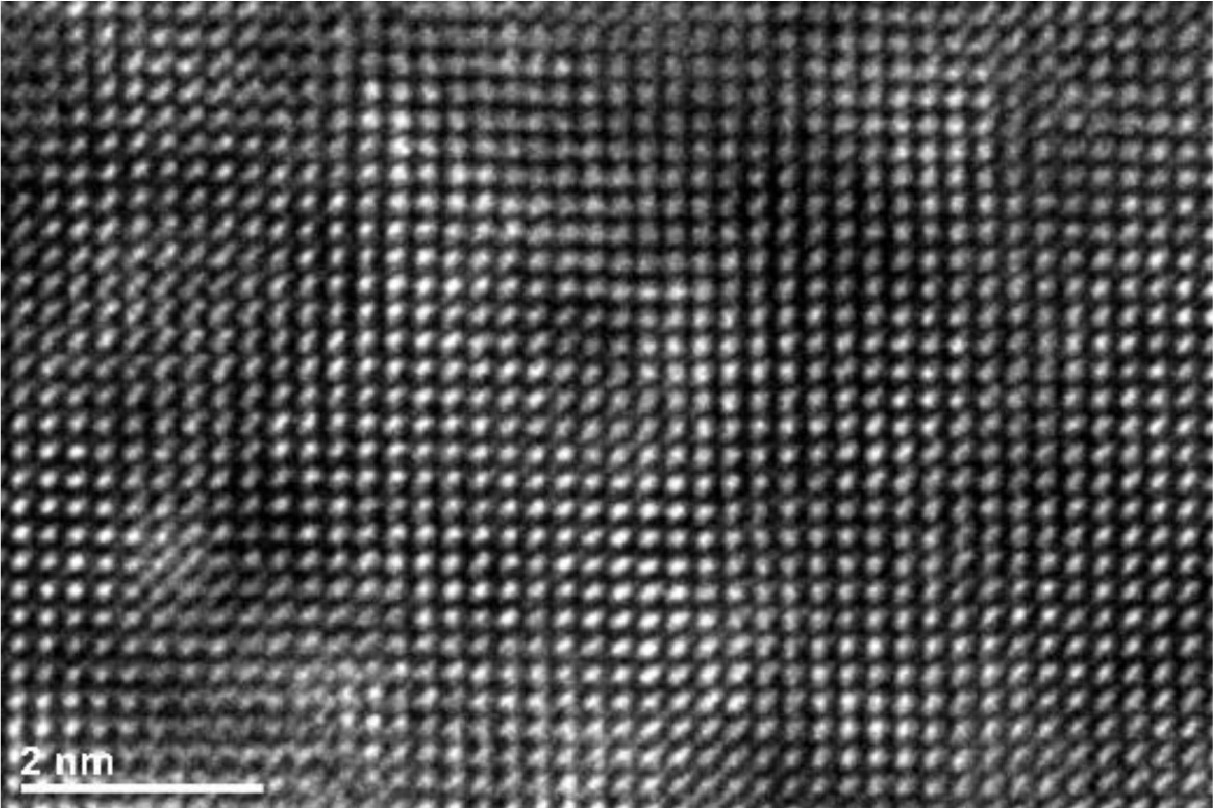DMA
Deformation and plastification mechanisms in multiaxially loaded textured magnesium alloy
This fundamental research project, funded by the Austrian Science Fund (FWF) under project number I-4782, will determine the relationship between microstructural deformation mechanisms and macroscopic yield and fatigue behaviour of textured magnesium AZ31B alloy subjected to complex multiaxial stress states through carefully designed and implemented mechanical tests and state-of-the-art microstructural analysis. It will significantly enhance our understanding of magnesium and the capability of modelling current industrial magnesium alloys as well as newly developed magnesium alloys.
The premise of the project is to carry out uniaxial compression and pure shear testing of magnesium samples in-situ in a scanning electron microscope and to make real-time lattice orientation maps of grains within the sample, and to carry out biaxial compression tests of magnesium not in-situ and examine microstructural changes in the samples. These complex experiments require advanced instrumentation and the development of specialised equipment to make them possible.
The project is a DACH collaboration between the Department of Chemistry and Physics of Materials at PLUS and the Centre for Lightweight Design (LLK) at the University of Applied Sciences, Landshut, Germany. Work packages for the project include both scientific and technological components. Scientific co-workers at Landshut are Professors Otto Huber and Holger Saage and Ph.D. student Mr. Anton Nischler, who are responsible for the mechanical testing aspects of the project, while at PLUS Dr. Lawrence Whitmore is responsible for the microstructural analysis and development of related technological devices and components.
Analytical studies include metalographic and microscopy studies of the magnesium samples utilising optical microscopy, scanning electron microscopy (SEM), transmission electron microscopy (TEM) and lattice orienatation mapping using electron backscatter diffraction (EBSD).
Technological developments include the design and fabrication of various complex pieces of equipment including: a biaxial extensometer for biaxial tension-compression tests, an anti-buckling guide for biaxial compression tests, an anti-buckling guide for in-situ uniaxial compression tests, a sample design for in-situ pure shear tests, a 3D printed vibrational polisihng machine, a 3D printed core drilling machine, a 3D printed dimple grinder-polisher, a 3D printed manual grinding tool and various other components. Additionally, a new method of preparing samples from magnesium alloys for microstructural investigation has been developed, which produces a flat, smooth and extremely low damage surface suitable for EBSD studies without the hydroxide layer that usually forms with exposure to water or humidity.
In addition to their use for preparing samples from magnesium for EBSD and TEM investigation, the 3D printed preparation tools have significant potential for enhanced sustainability due to their very low weight, the possibility of recycling after use, and the use of biodegradable plastic filament such as poly-lactic acid (PLA) sourced from renewable resources. These innovations from the DMA project can help scientific labs reduce their carbon footprint in line with the UN sustainable development goals and the drive towards a zero carbon society.
The DMA project has ended.
More information on the research of Dr. Lawrence Whitmore can be found here: www.plus.ac.at/chemie-und-physik-der-materialien/staff-2/u-bis-z/whitmore
Dissemination of results:
Oral presentation at the 2nd International Conference on Advanced Nanomaterials and Nanotechnology, Vienna (20-21 November 2023).
Oral persentation at the 11th European Conference on Sustainable Development, Rome (6-7 September 2023).
Virtual presentation at the LightMat23 conference in Trondheim, Norway (21-23 June, 2023).
Oral presentation at the World Congress for Advanced Materials Science 2023, Barcelona (27-28 March, 2023).
Oral presentation at the 11th Landshüter Colloquium in Landshut, Germany (1-2 March 2023).
Oral presentation at the 71st Annual Meeting of the Austrian Physical Society ÖPG, Leoben (26-30 September 2022).
Three oral presentations have been given internally to colleagues in the Department of Physics and the Department of Chemistry and Physics of Materisls (CPM) at PLUS.
Publications in peer-reviewed journals:
Nischler, A., Denk, J., Mader, F., Whitmore, L., Saage, H., Prahl, U., Huber, O. (2024). Modelling the Elasto-Plastic Material Behavior of Textured Hexagonal Close-Packed Metals. In: State of the Art and Future Trends in Material Modeling (eds. Holm Altenbach and Andreas Öchsner), Vol. 200, Springer Int. (Accepted and in-press).
L. Whitmore (2024) A Review of the Sustainability Crisis and an Appraisal of Sustainable Prosperity European Journal of Sustainable Development (2024), 13, 2, 1-11.
doi:10.14207/ejsd.2024.v13n2p325
L. Whitmore, A. Nischler, H. Saage, O. Huber (2024) In Situ Pure Shear Tests on Textured Magnesium AZ31B Sheets. Metals, 14, 404. doi:10.3390/met14040404
L. Whitmore, A. Nischler, H. Saage, O. Huber (2023). In situ uniaxial compression of textured magnesium AZ31B. Metals, 14(1), 20. https://doi.org/10.3390/met14010020
L. Whitmore, Sustainable science through a case study of sample preparation using 3D printed tools, (2023) European Journal of Sustainable Development, Volume 12, No 4, Doi:10.14207/ejsd.2023.v12n4p275. Read paper online
L. Whitmore, A precision dimple grinder-polisher produced by 3D printing, (2023) Ultramicroscopy, 113813, Doi:10.1016/j.ultramic.2023.113813. Read paper online
L. Whitmore, A. Nischler, O. Huber, Preparation of magnesium AZ31B for electron backscatter diffraction (EBSD) analysis. (2023) In: Huber, O., Bicker, M., Patzelt, P. [Hrsg.]: 11. Landshuter Leichtbau-Colloquium, LC-Verlag, Landshut, März 2023, ISBN: 978-3-9818439-7-2.
L. Whitmore, A mini vibrational polishing machine produced by 3D printing, (2023) Ultramicroscopy 243, 113630, Doi: 10.1016/j.ultramic.2022.113630. Read paper online
L. Whitmore, A precision manual grinding tool for sample preparation, (2022) Ultramicroscopy, 233, Doi: 10.1016/j.ultramic.2021.113436 113436. Read paper online
L. Whitmore, A precision core drill for transmission electron microscopy sample preparation produced by 3D printing, (2022) Ultramicroscopy, 241, Doi: 10.1016/j.ultramic.2022.113613. Read paper online
In-situ uniaxial compression testing of magnesium AZ31B samples from the DMA project
Technological innovations from the DMA project
Microstructural analysis using innovative tools from the DMA project
Below is a video of the 3D printed core drill cutting a sample from a thin strip of magnesium
Below is a video of the 3D printed dimpler machine grinding a dimple in a magnesium sample

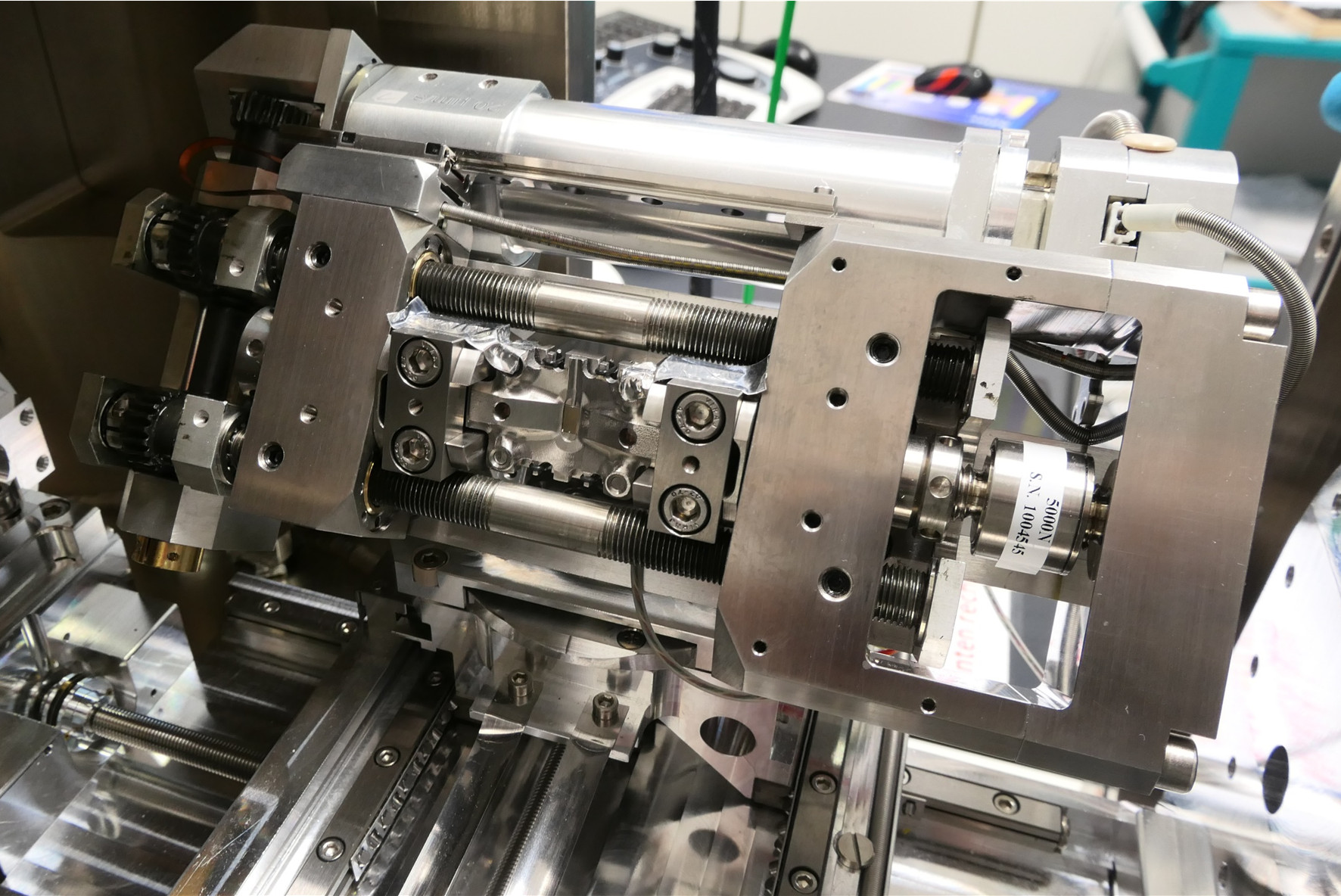
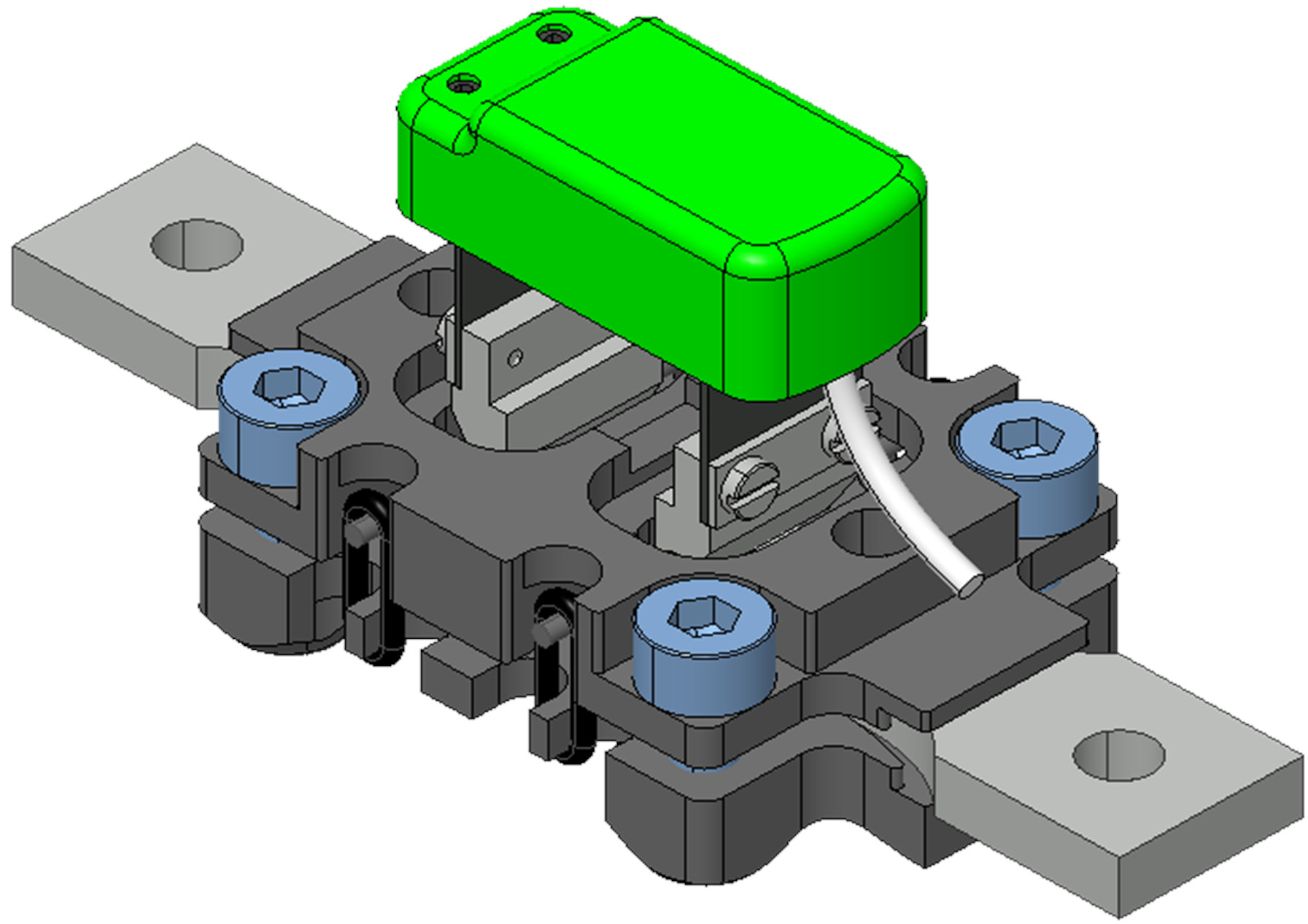
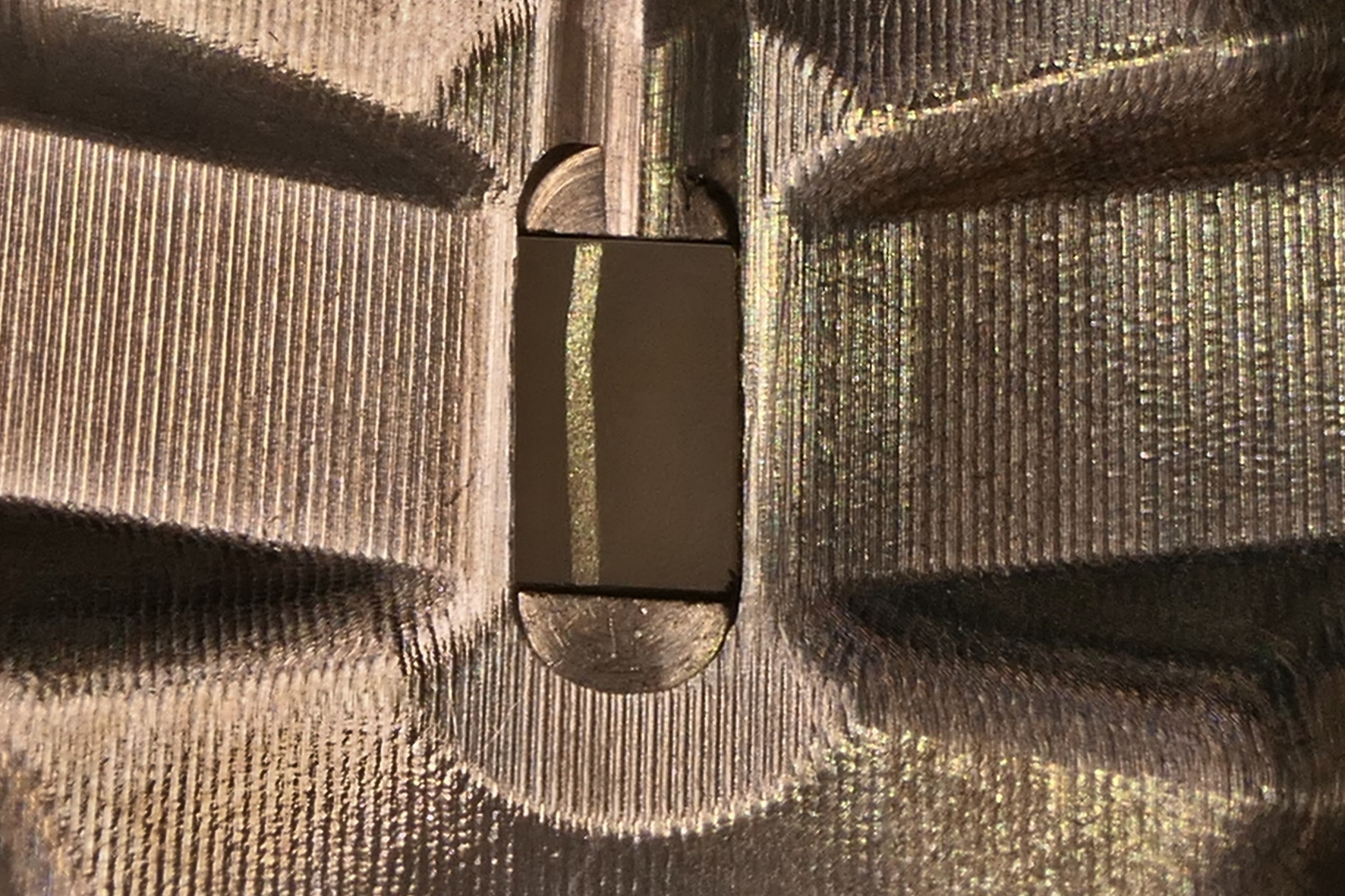
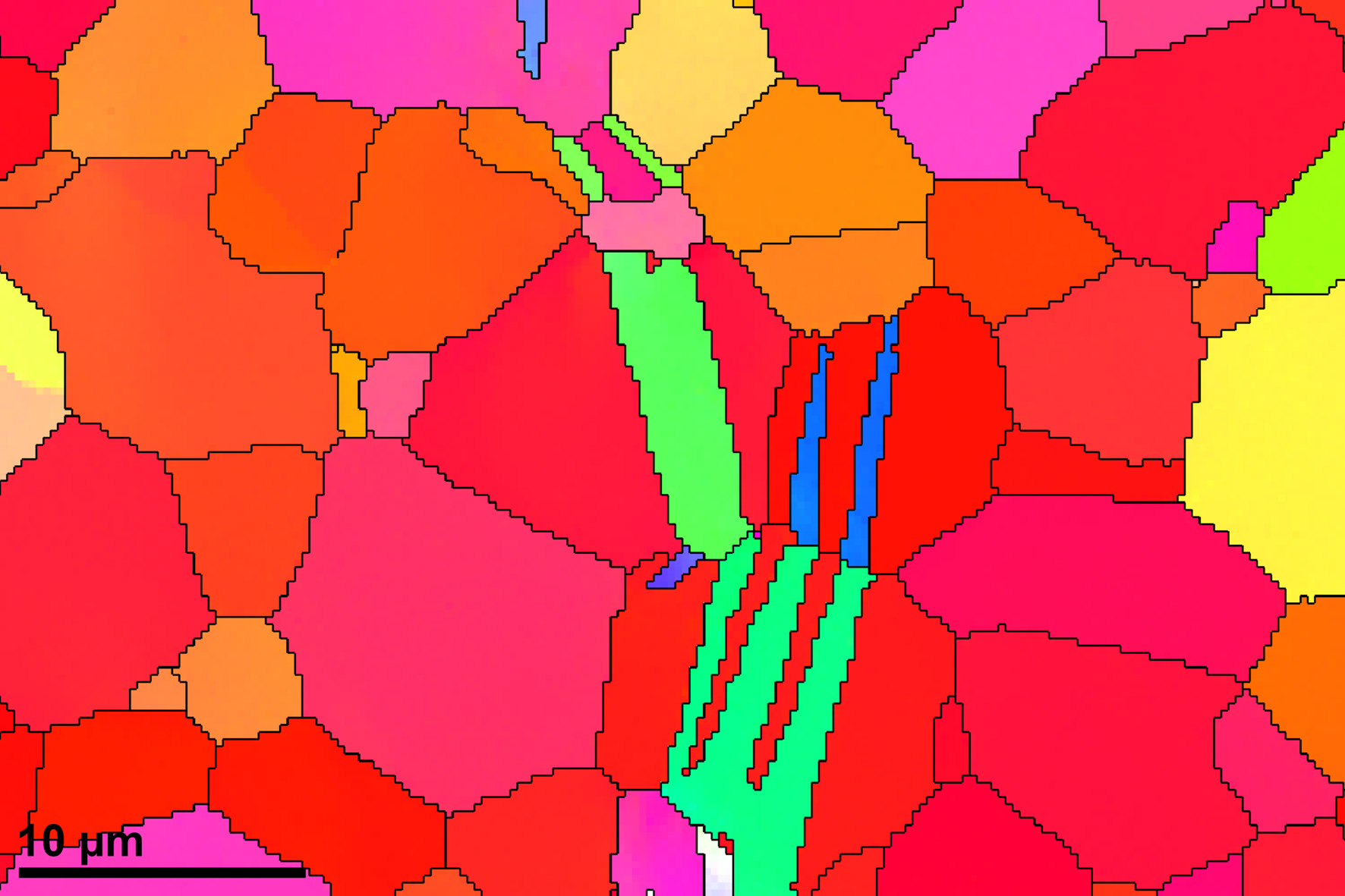
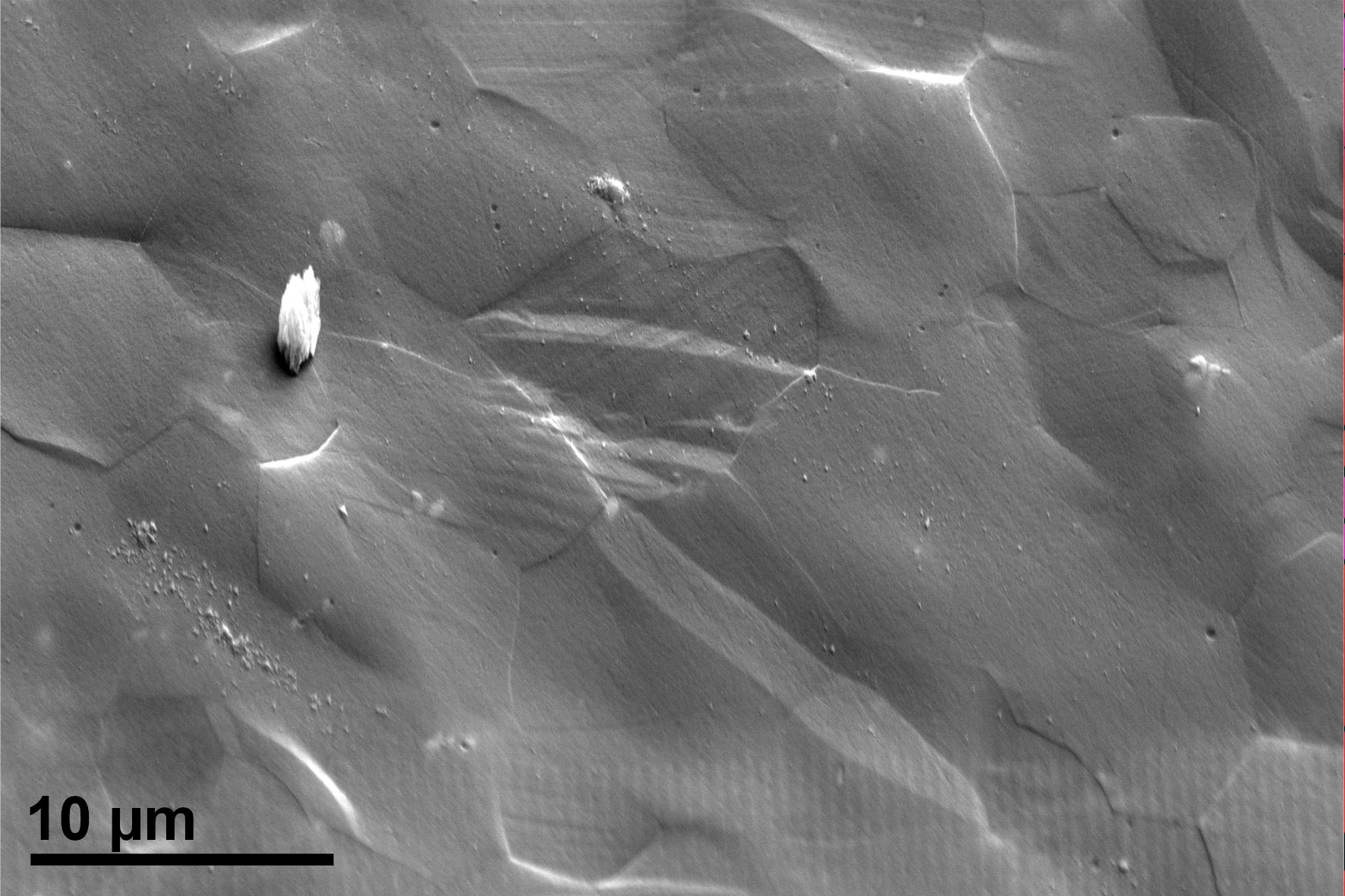
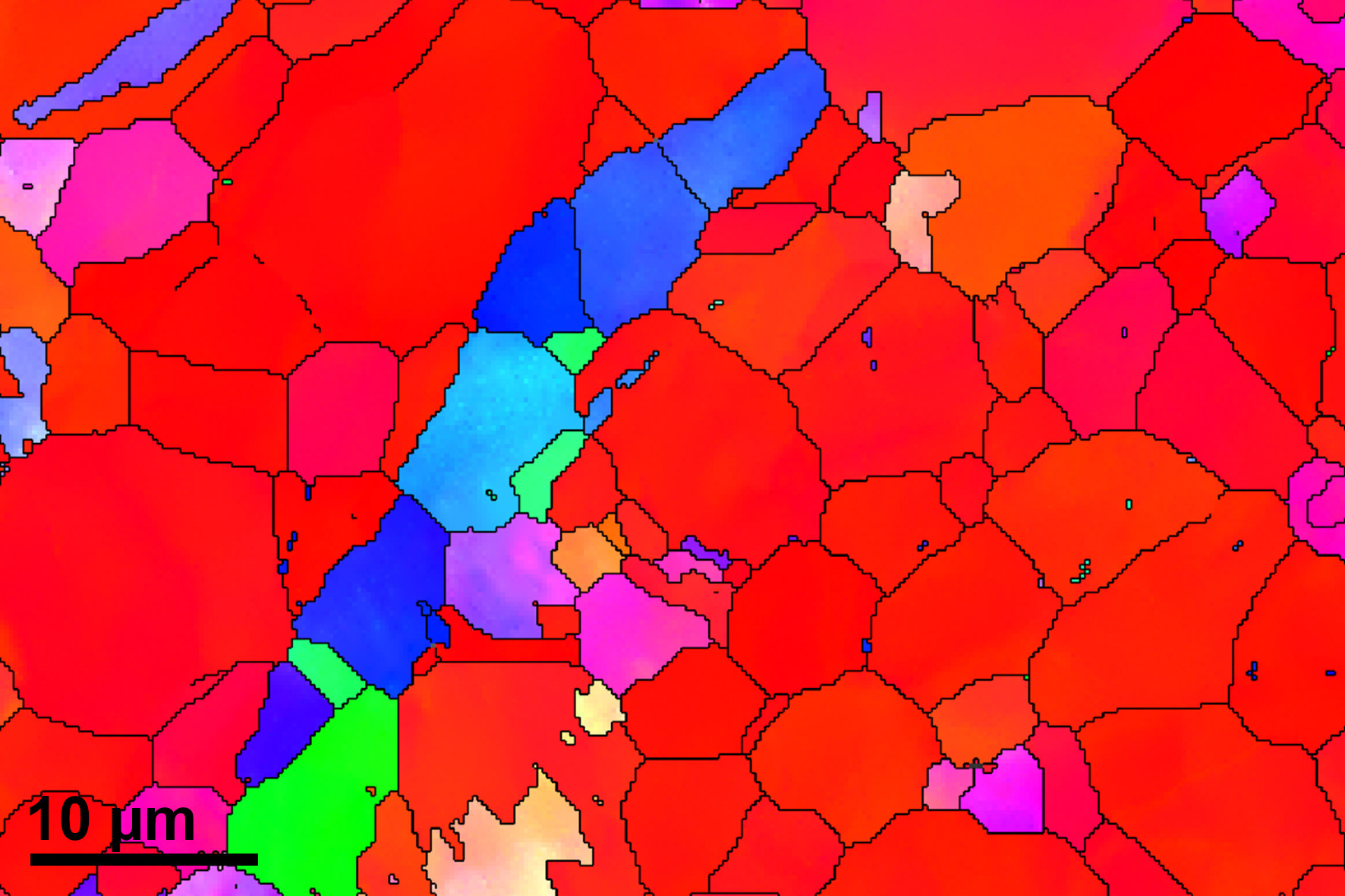
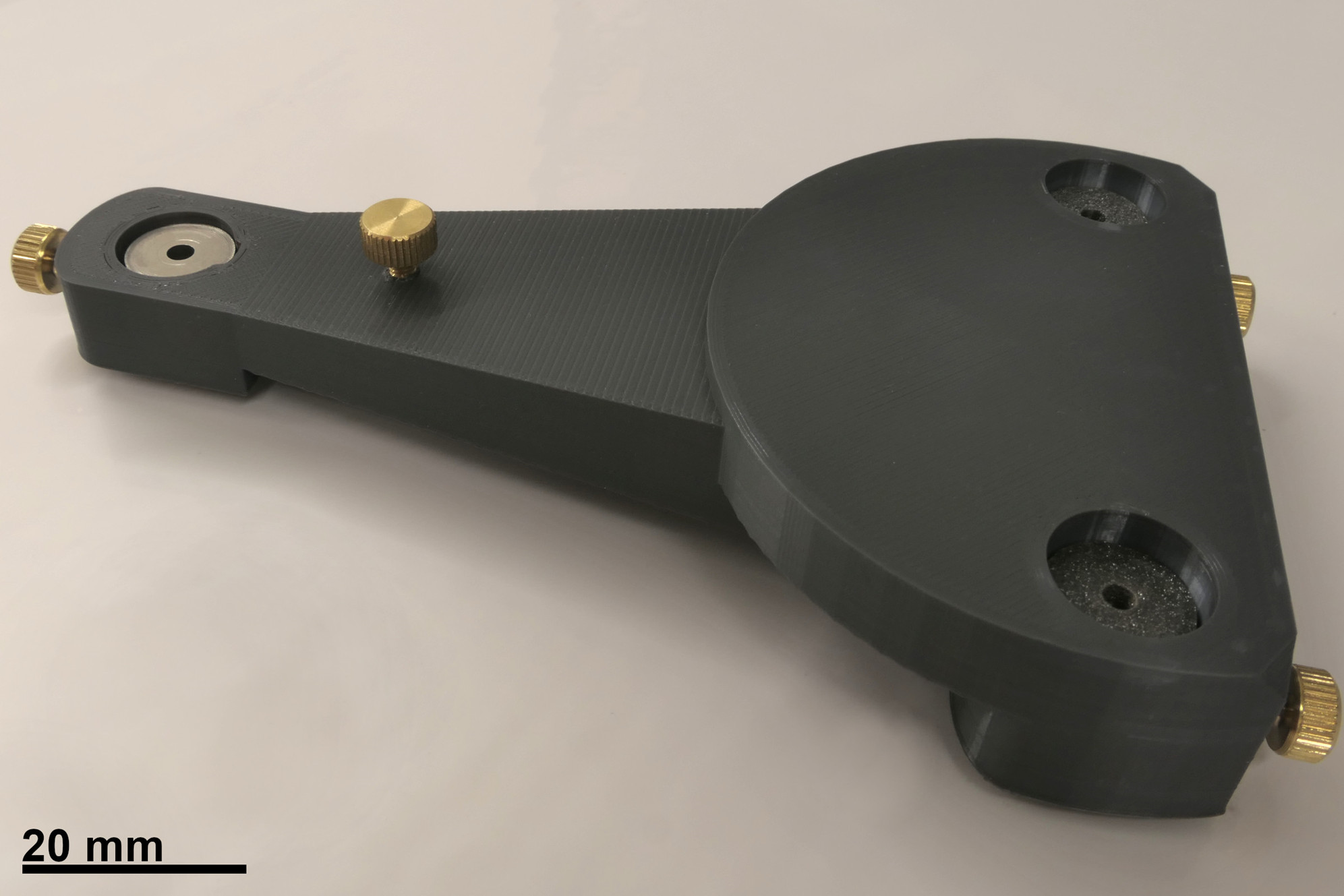
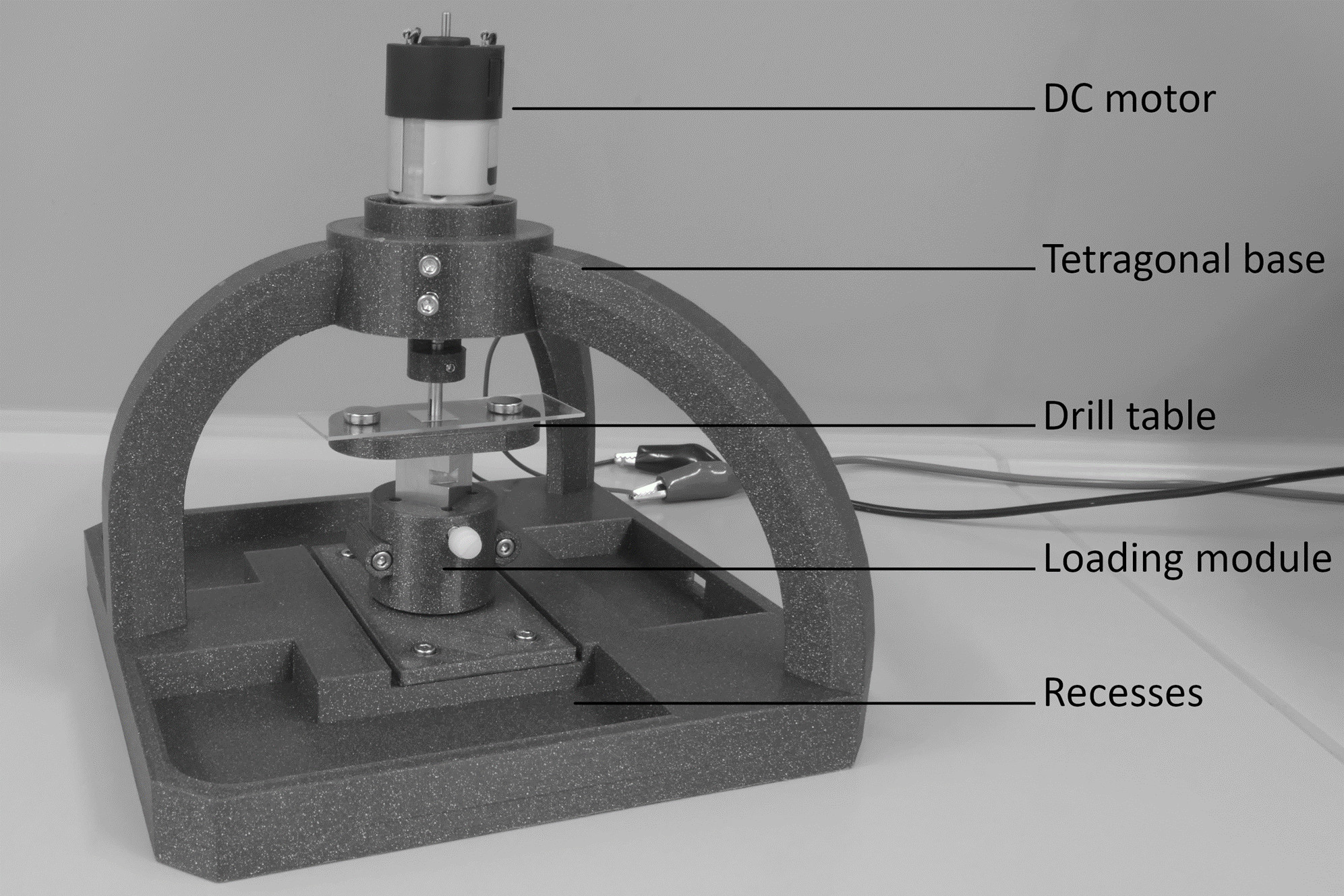
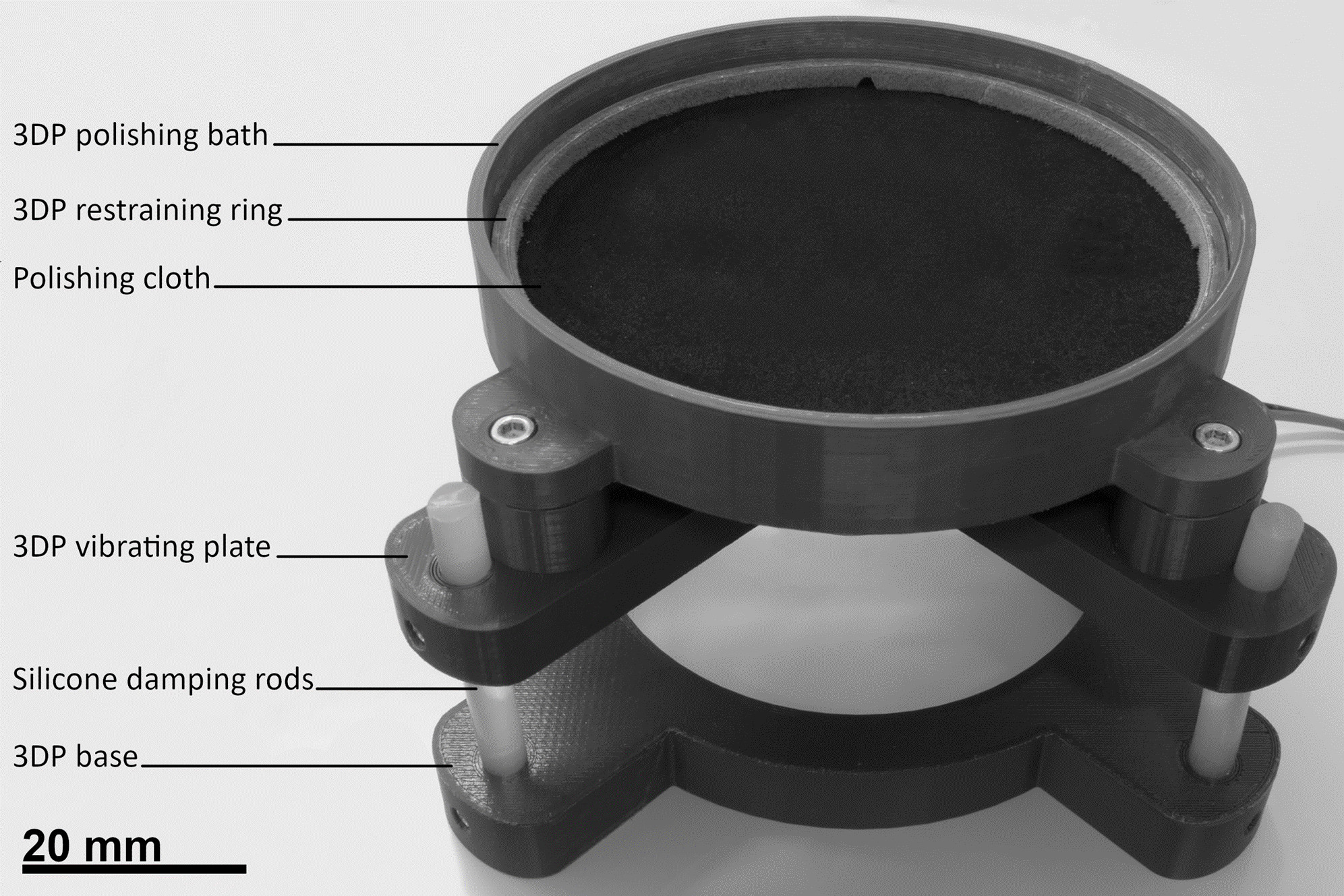
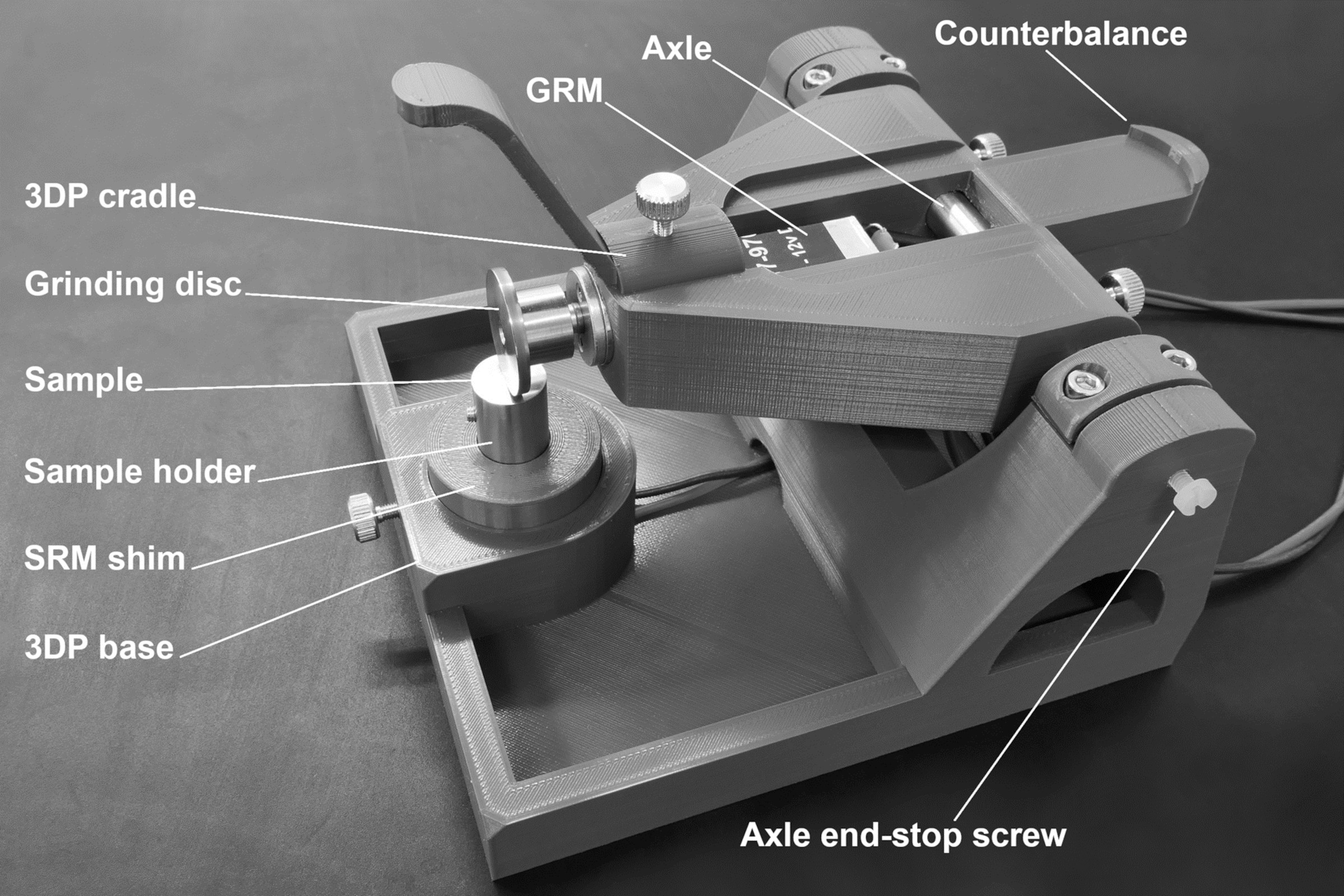
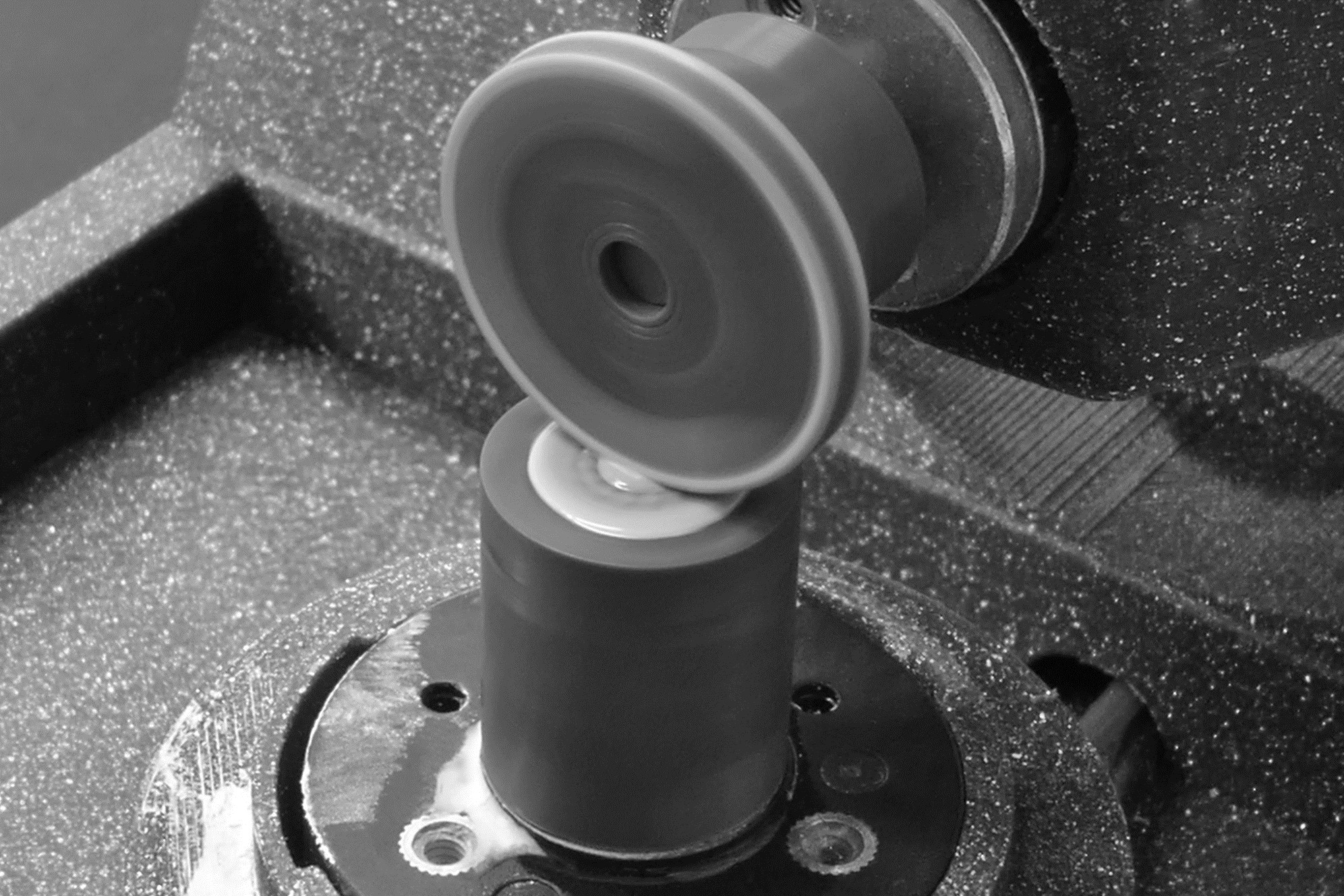
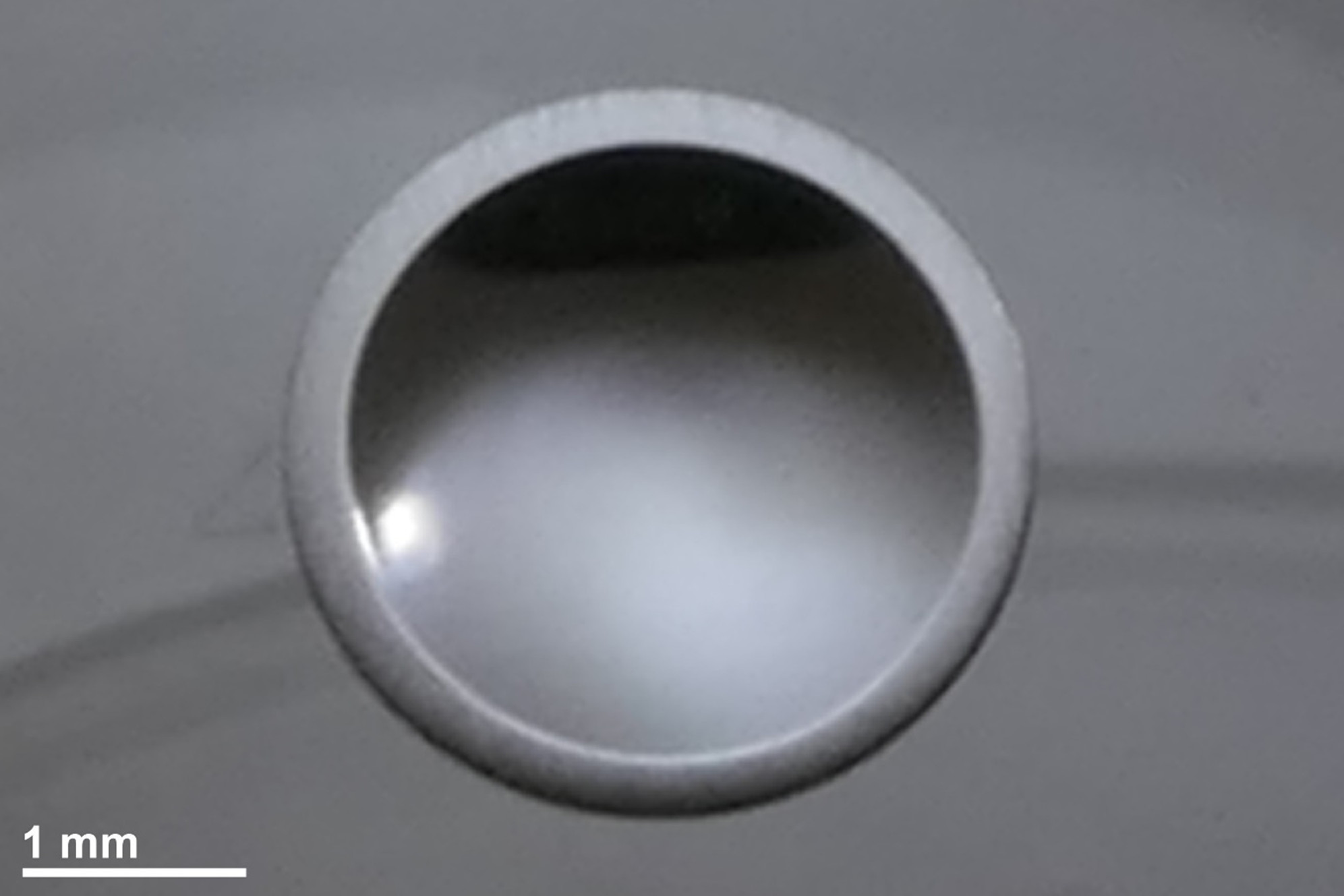
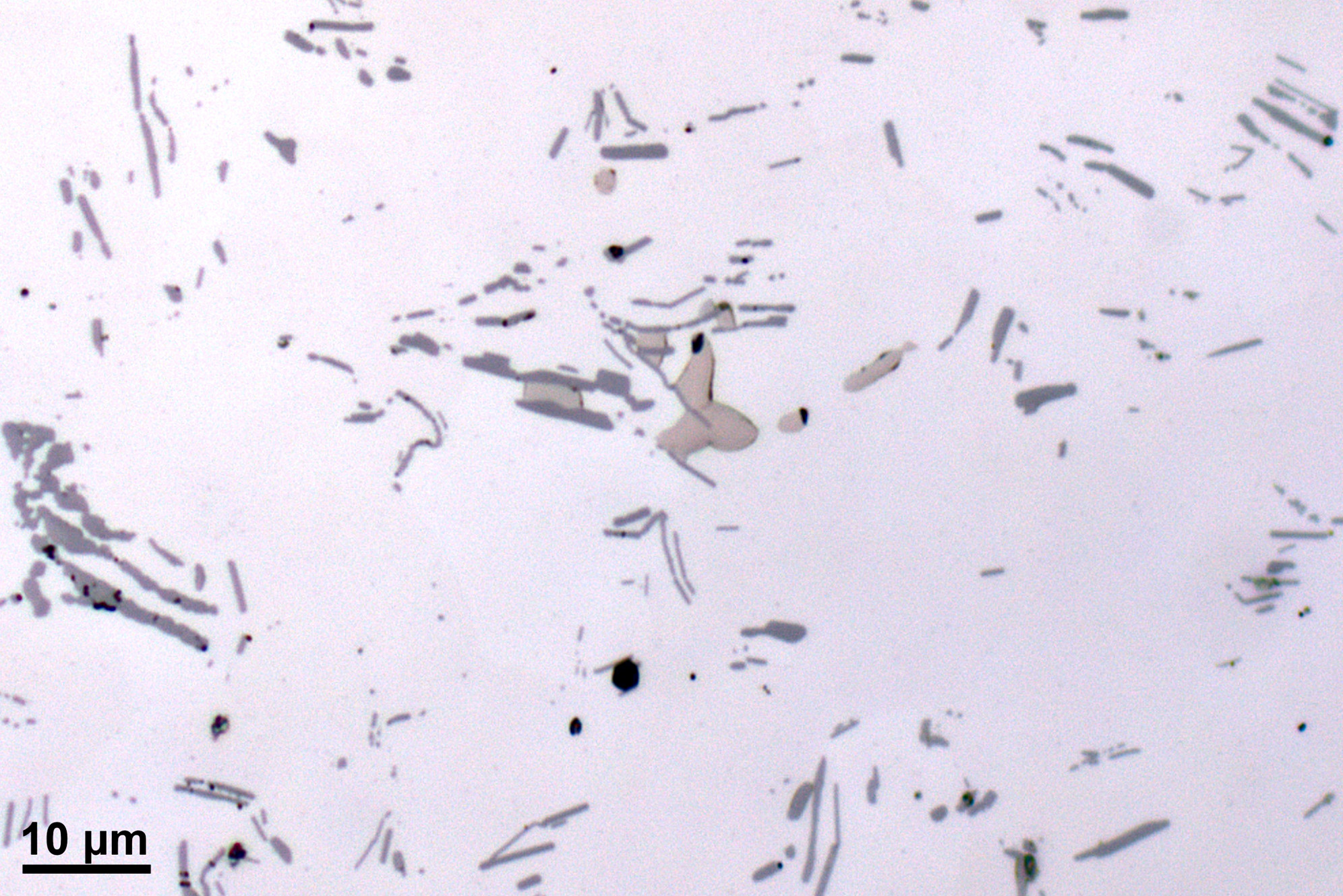
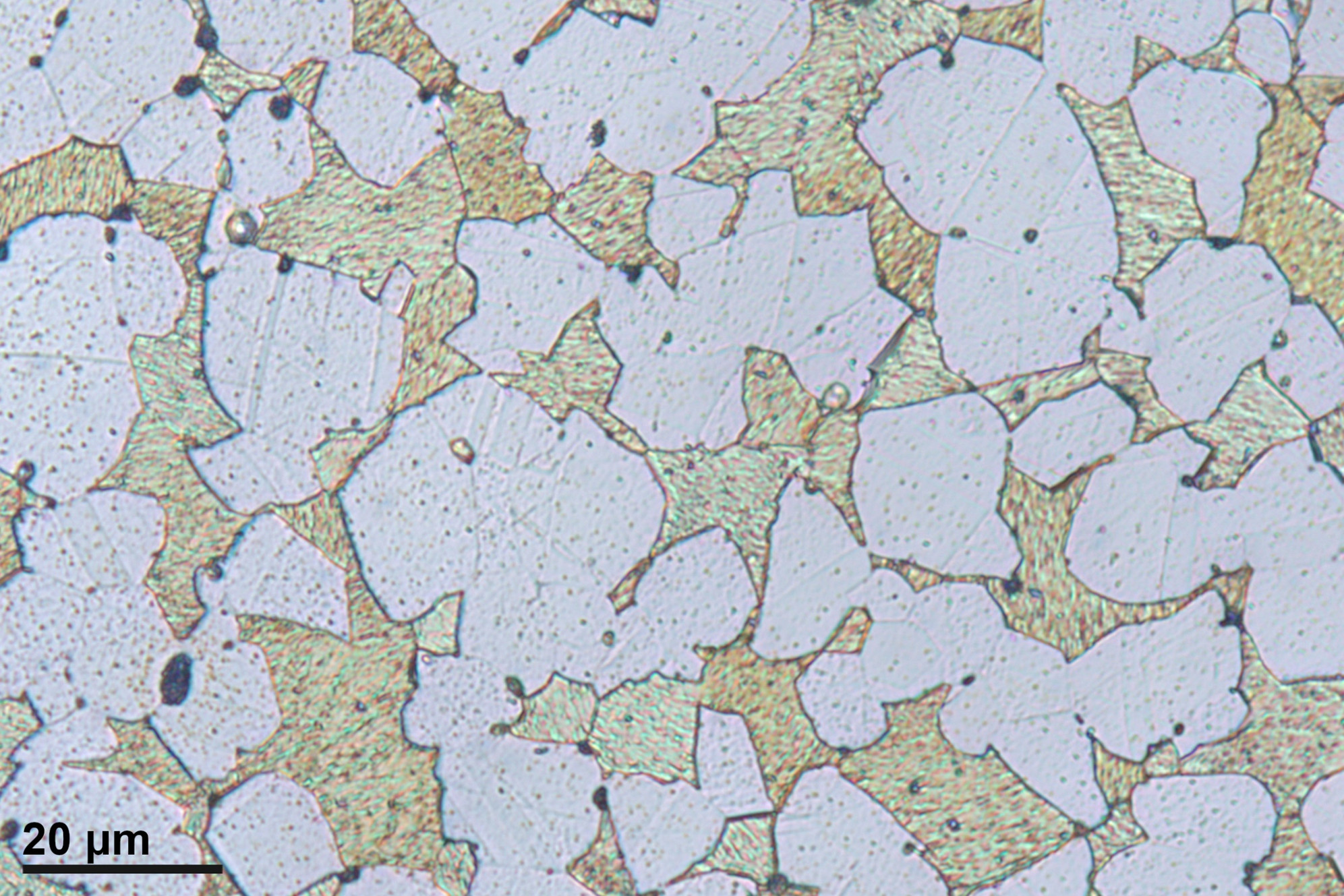
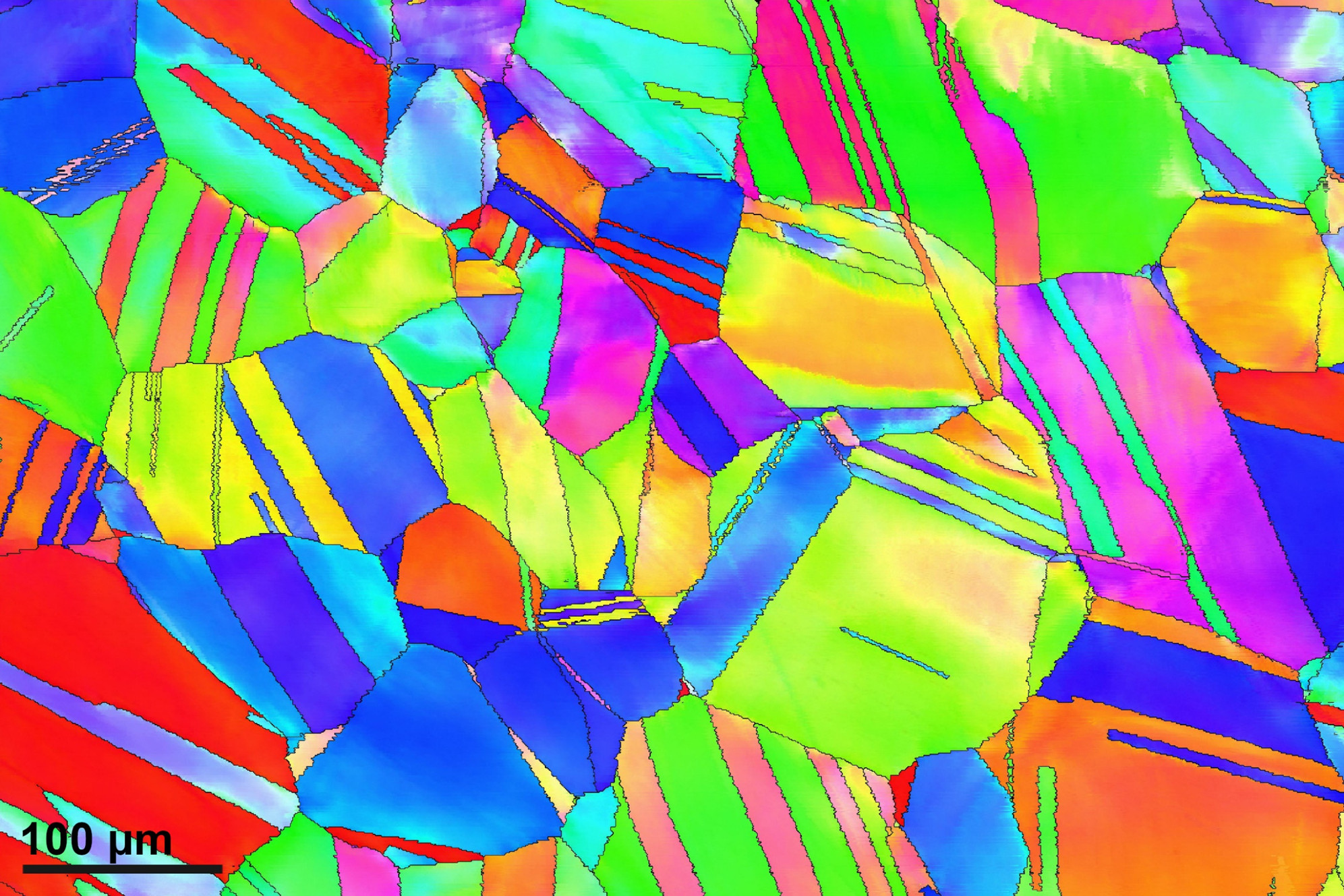
![Silicon lattice at the [001] zone axis prepared using the 3DP dimpler](https://www.plus.ac.at/wp-content/uploads/2023/07/silicon-1.jpg)

